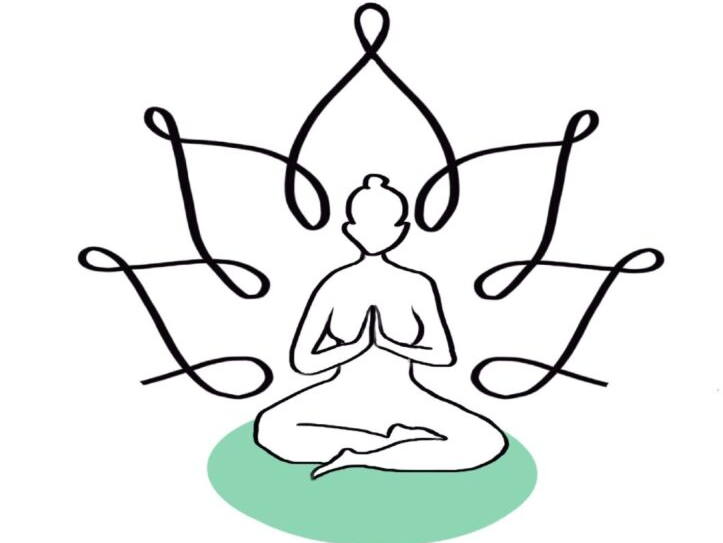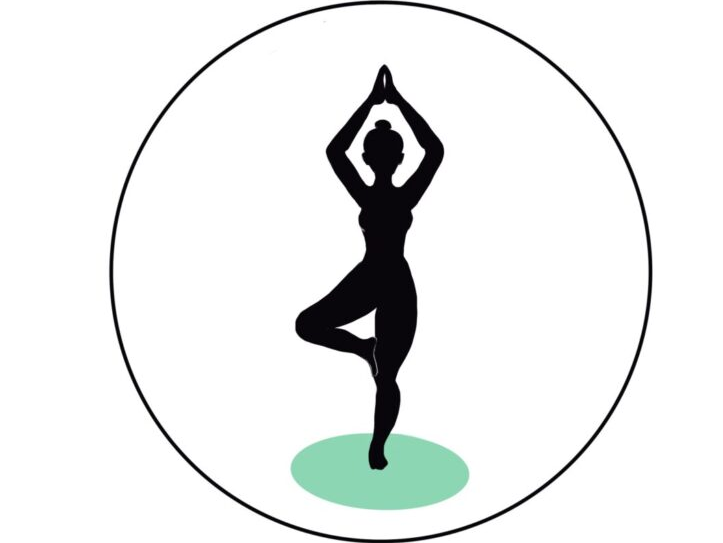You’re probably wondering why friends or acquaintances around you talk so much about yoga and rave about the yoga practice. What is actually so special about yoga and why is the whole world just going along with a yoga movement? Don’t worry! In the following article we will explain to you what yoga is and who can practice it!

Roll out your mat…
Have you ever had the feeling when you walk into a yoga studio and roll out your mat that everything around you is relaxed and you are in a whole other world? There is no stress and no negative vibes. The clock ticks a little slower and all the participants get into it.
Yogis and yoginis in the Western world associate yoga with a lifestyle. For us, living in yoga means shedding all bad habits, becoming more mindful and spending more time with ourselves. Yoga is a luxury in today’s world. In the media and yoga studios, you often see mostly well-toned people who have mastered typical yoga poses and wear the latest yoga fashion. Those who have been around the yoga community for a while know that the physical exercises (asanas) are only a small part of the entire yoga cosmos. There is so much more to discover. Therefore, anyone and everyone can practice yoga.
What does yoga do for me?
Yoga is all about YOU. Embark on your own personal yoga journey. It is a way of life. Only if you allow it, you can benefit from the positive effects of yoga. Yoga balances your mind, soul and body and helps you to relax. It promotes your patience and gives you openness and charity towards fellow human beings as well as your environment.
The origin and the philosophy

The origin of yoga is in India and originated thousands of years ago. The Vedas are the oldest scriptures of India, which prove that yoga was already practiced in this age. About 800 years before Christ, the most important philosophical foundations such as Upanishads, Bhagavad Gita and the Yogasutra of Patanjali were written down. This also means that the roots of yoga lie in Hinduism and parts of Buddhism.
A teaching from the 5th century describes the eight-limbed path of yoga:
- Yama: Rules of conduct and moral discipline
- Niyama: Self-discipline
- Asanas: Physical exercises
- Pranayama: Breathing techniques
- Pratyahara: Retreat into your own mind
- Dharma: Concentration, compliance with rules for togetherness
- Dhyana: Meditation
- Samadhi: Enlightenment
Even though yoga philosophy has a very ancient origin, the values and exercises have remained the same. They can be transferred to the present time.
Conclusion: Yoga as a lifestyle and philosophy of life
Through yoga you can develop a stronger awareness of your body. You feel your inner self more intensely. In addition, you can remember one or two asanas from your yoga class and use them specifically when you have ailments. It is also often used for prevention, to prevent certain ailments. If you’ve even discovered Ayurveda for yourself, you can quickly feel the lightness and detoxifying effects on your body. In conclusion, yoga is very versatile and can be practiced by each person individually.
